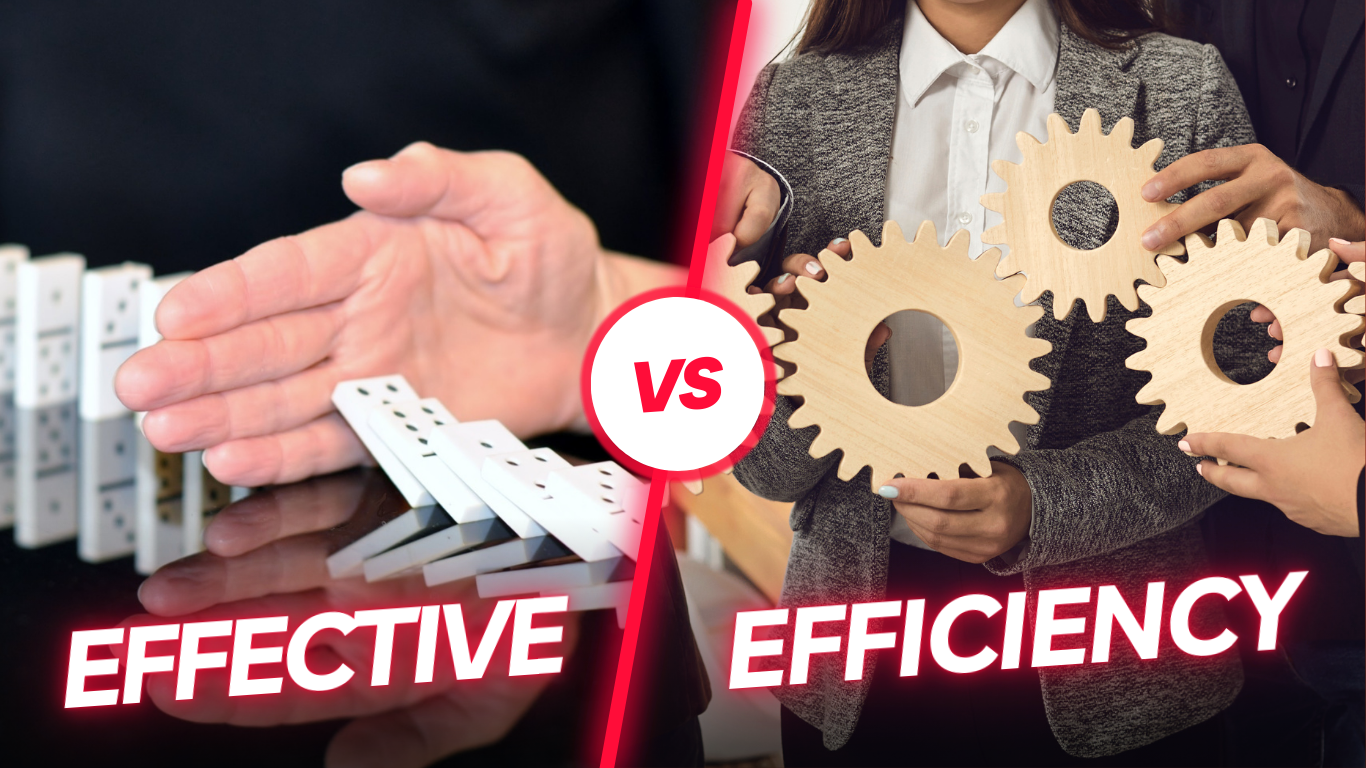
In the realm of continuous improvement methodologies, organizations have long been perplexed by the challenge of achieving a delicate balance between effectiveness and efficiency. However, there is a solution: Lean Six Sigma. This powerful framework is widely recognized for its ability to optimize processes, reduce waste, and improve overall performance. In this blog post, we will explore how Lean Six Sigma acts as the mastermind behind a harmonious blend of effectiveness and efficiency, cultivating a culture of continuous improvement within organizations.
The Essence of Effectiveness and Efficiency in Lean Six Sigma
- Understanding Effectiveness:
Effectiveness in the context of Lean Six Sigma refers to the capability of achieving desired outcomes and objectives. It’s about doing the right things, aligning processes with organizational goals, and delivering value to customers.
- The Role of Efficiency:
Efficiency, on the other hand, centers around doing things in the most economical and timely manner. It’s about minimizing waste, optimizing resources, and ensuring that processes operate at peak performance levels.
Lean Six Sigma Principles: A Symphony of Effectiveness and Efficiency
- Identify and Eliminate Waste (Lean):
Lean principles, inspired by the Toyota Production System, focus on identifying and eliminating waste in processes. By doing so, organizations not only enhance efficiency but also ensure that efforts are directed towards activities that contribute to overall effectiveness.
- Minimize Variation and Defects (Six Sigma):
The Six Sigma methodology revolves around minimizing variation and defects in processes. This not only leads to greater efficiency by reducing errors and rework but also enhances the effectiveness of processes by delivering consistent and high-quality outcomes.
Achieving the Perfect Balance: Case Studies
- Manufacturing Excellence:
In manufacturing, Lean Six Sigma has been instrumental in achieving the perfect balance. Companies have reduced production lead times (efficiency) while ensuring that the products meet or exceed customer expectations (effectiveness).
- Service Excellence:
Service-oriented industries, such as banking and healthcare, leverage Lean Six Sigma to streamline processes, reduce wait times (efficiency), and improve the overall quality of service delivery (effectiveness).
Strategies for Balancing Effectiveness and Efficiency
- Data-Driven Decision-Making:
Leverage data analytics and performance metrics to make informed decisions that enhance both efficiency and effectiveness. This ensures that improvements are targeted where they will have the most significant impact.
- Continuous Improvement Culture:
Instill a culture of continuous improvement within the organization. Encourage employees at all levels to contribute ideas for enhancing both efficiency and effectiveness, creating a collaborative environment focused on excellence.
- Lean Six Sigma Training and Certification:
Invest in training employees in Lean Six Sigma methodologies. This equips them with the tools and knowledge needed to identify improvement opportunities and strike the right balance between effectiveness and efficiency.
Conclusion
In the ever-changing business world, striking the right balance between effectiveness and efficiency is a constant struggle. Lean Six Sigma provides a systematic method to detect and eliminate waste, reduce errors, and streamline processes. By adopting the principles of Lean Six Sigma, companies can align their operations and achieve a synergy that not only enhances efficiency but also aligns every endeavor with the organization’s overall objectives. As the pursuit of continuous improvement continues, Lean Six Sigma serves as a guiding light, leading companies to the ideal point where effectiveness and efficiency harmoniously come together.